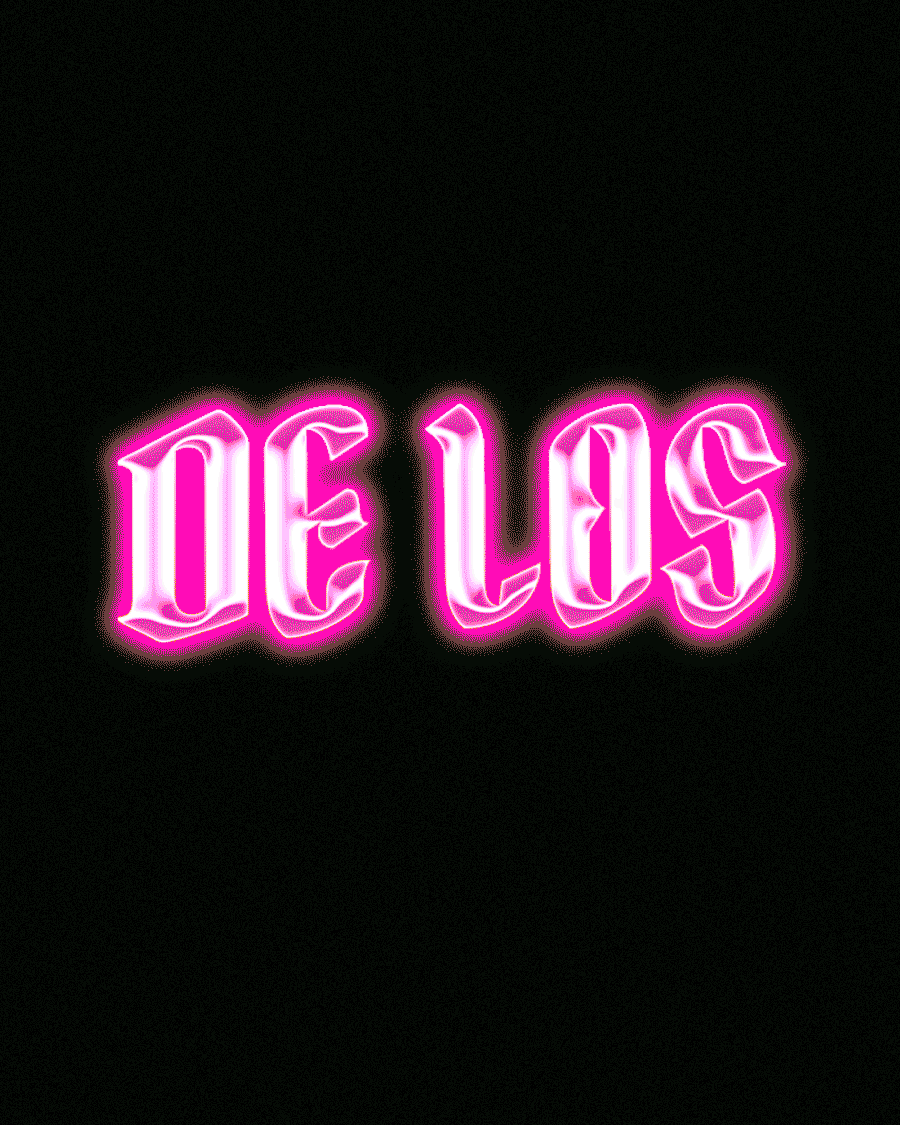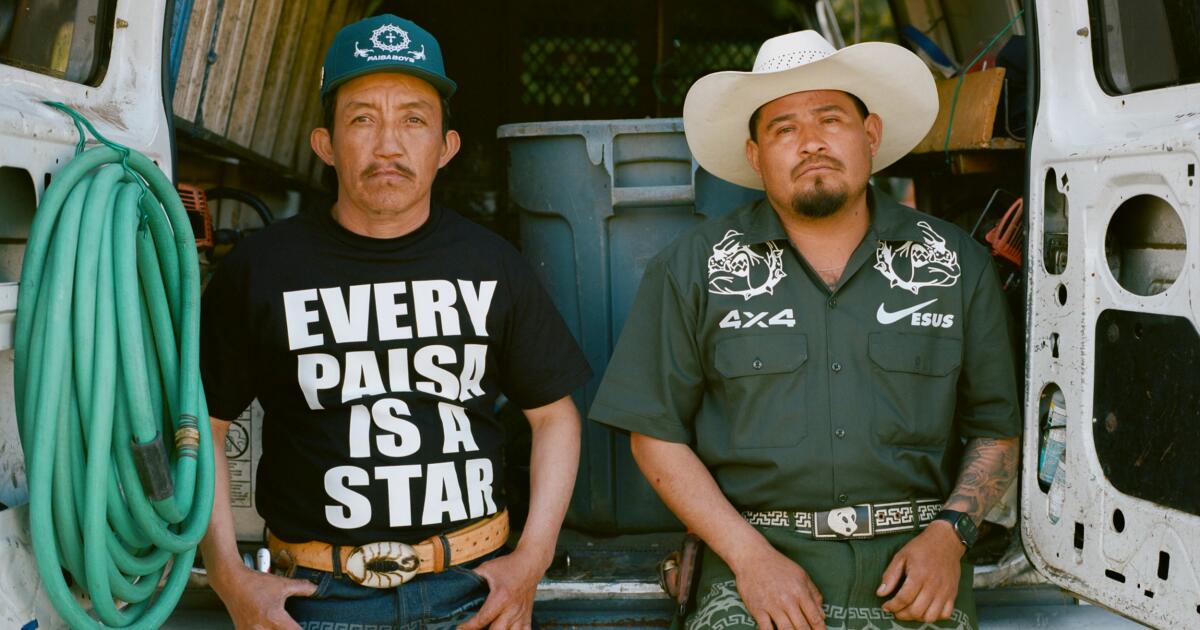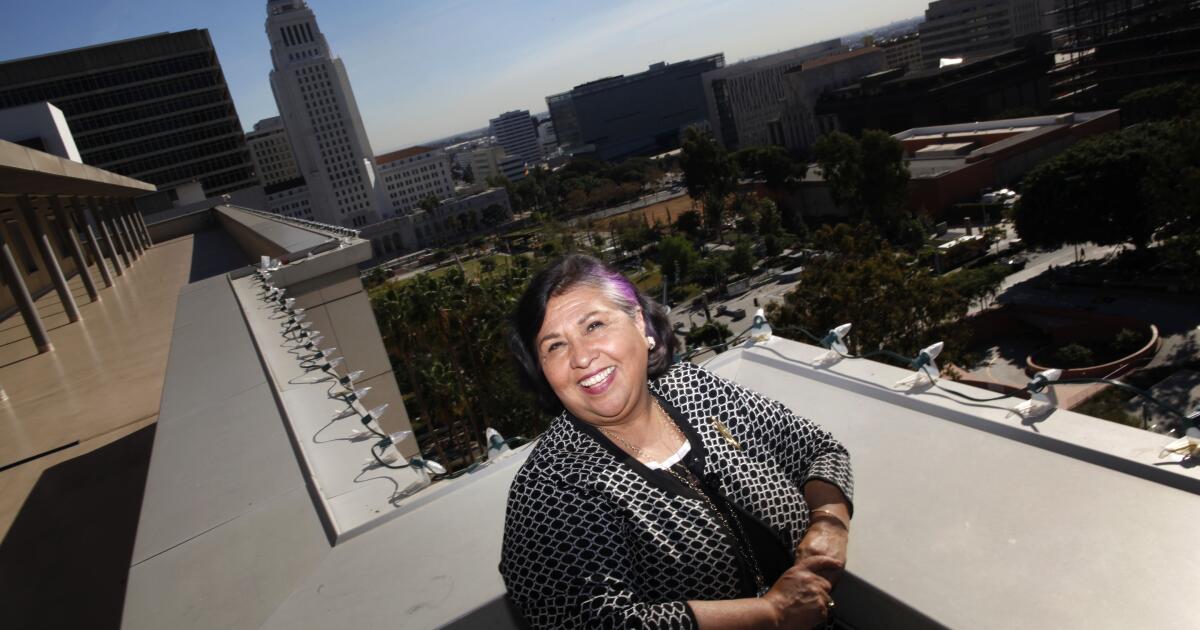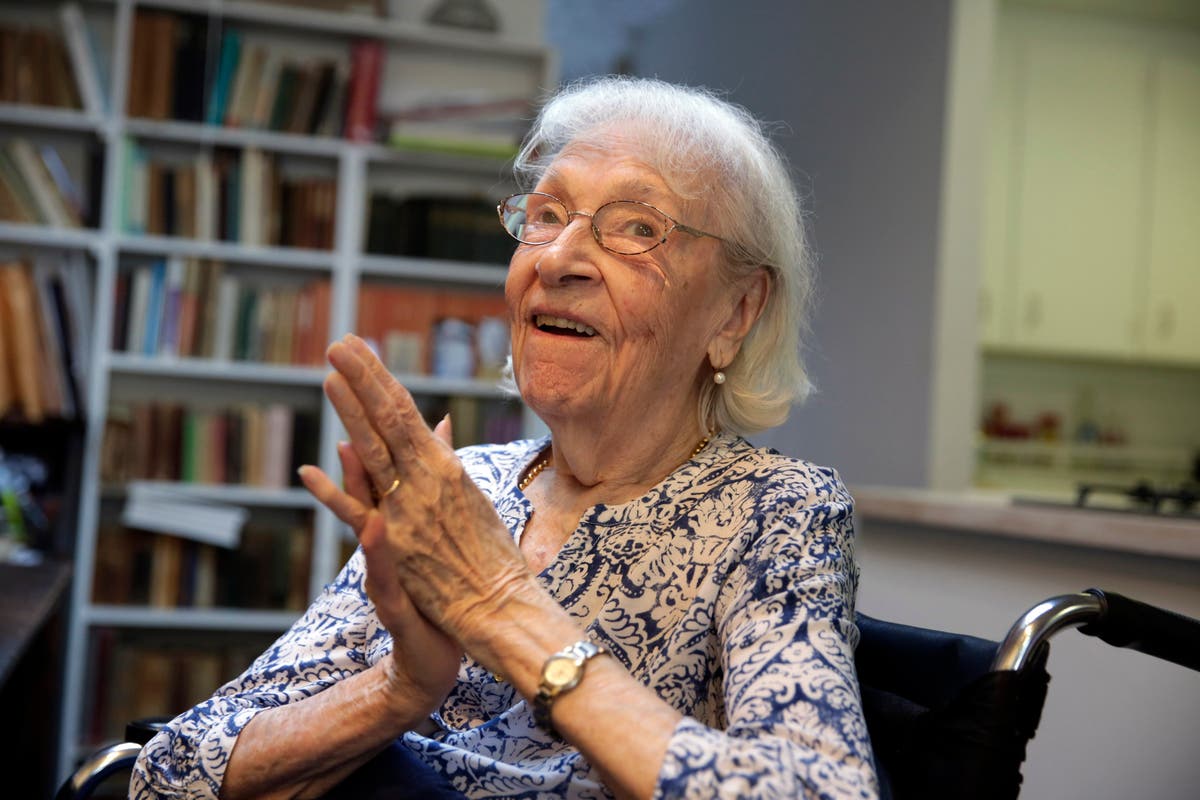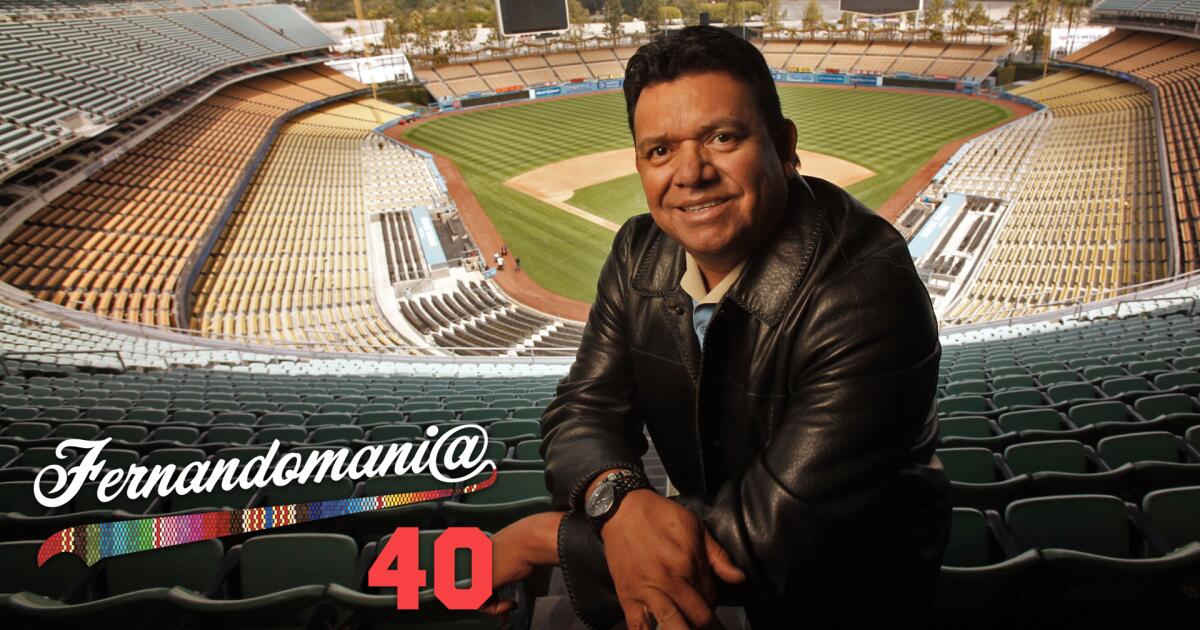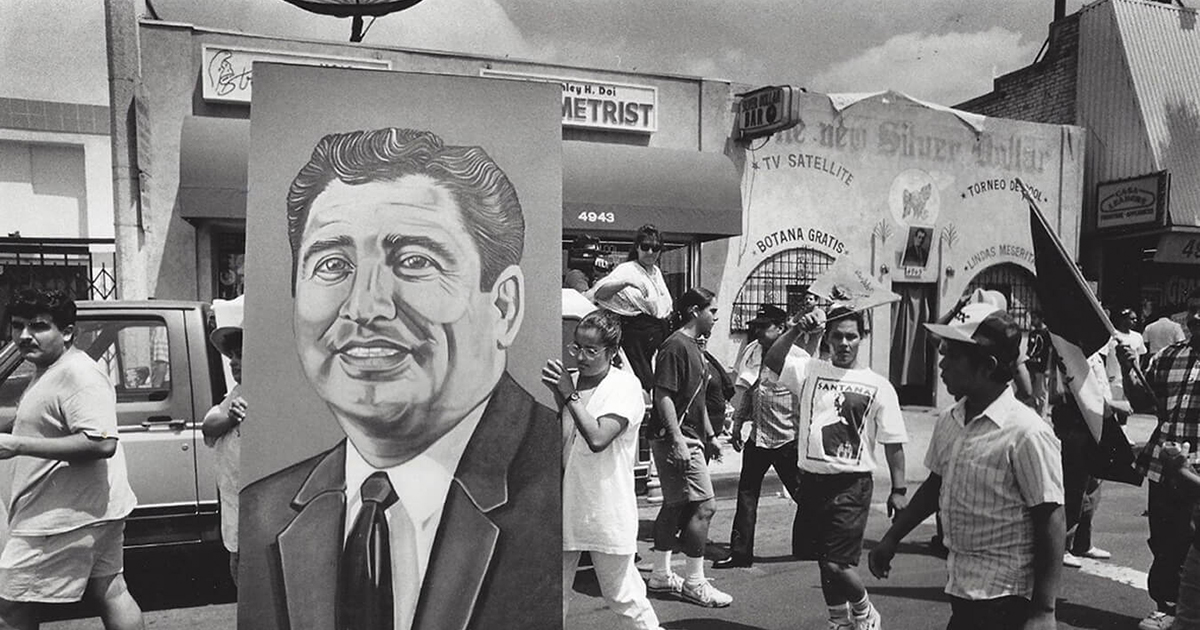
How Ruben Salazar changed the news world and Chicano culture
LA TimesOn Sept. 16, 1970, during a celebration of the 160th anniversary of Mexico’s independence from Spain, a group of young Chicanos lifted above their heads a massive, 70-pound plywood board of a smiling man in a suit and tie. The marchers in East Los Angeles surrounded the painted image — clapping, cheering and chanting “Viva Ruben!” and “Ruben presente!” “Ruben” was the esteemed Mexican American journalist Ruben Salazar, who weeks earlier had been killed by an L.A. County Sheriff’s tear gas projectile while covering the Vietnam War protests known as the National Chicano Moratorium. which by the way,” Salazar told Navarro, “the general community has totally ignored.” After his death, the Mexican American community — many of whom were suspicious of the Sheriff’s Department account of the killing — elevated Salazar to martyrdom, with a high school in Pico Rivera, an elementary school in Chicago, a library at Sonoma State, a building at Cal State L.A., an annual journalism prize, scholarships and a collection of papers at USC named in his honor. The late Lalo Guerrero, called “the father of Chicano music,” wrote two songs about Salazar: “Homenaje a Ruben Salazar” and “La Tragedia del 29 de Agosto,” which expresses the rage of the Moratorium protesters at the disproportionate deaths of “young Mexican men” in Vietnam and ends with a call for peace so that Salazar won’t have died in vain. “It inspired me to dig deeper and work harder,” says Cabrera, who became active in the California Chicano News Media Assn., founded in 1972 in part to honor Salazar’s legacy.
History of this topic

Reading Salazar: He was no radical, but a prophetic reporter
LA TimesDiscover Related




